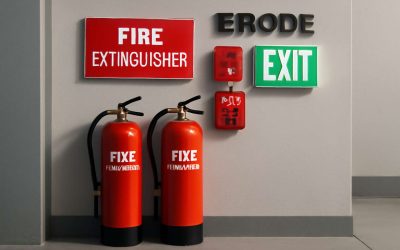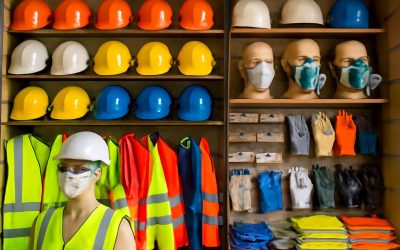
One of the best boat safety items to keep on board is a well stocked first aid kit. This is a requirement by law if you have passengers. It’s also a good idea for anyone going out on the water alone to bring one along. The kit should contain medical supplies like gauze, alcohol wipes, and aspirin in case someone needs help while on the boat. Check expiration dates regularly and replace items as needed.
Another boat safety equipment to have on hand is a fire extinguisher, especially if you’re planning on using your boat in an area where fires are common. It’s important to keep this on board in case of an emergency or if the boat is ever disabled and left unattended. These are often available at gas stations and hardware stores.
It’s also a good idea to carry a personal locator beacon, such as the ResQLink View Buoyant Personal Locator Beacon. This device works with your smartphone to send your location to emergency personnel in the event of a distress call. It will display your GPS coordinates on a screen on the boat or in your phone’s app so rescuers can find you. It’s easy to install and requires no maintenance, making it a convenient choice for boaters.
You should also have a flare kit on board to use in the event of a fire or to signal to other boats that you need assistance. The flares need to be US Coast Guard approved and should have an expiration date on them. Avoid using old road flares, as they can drip hot slag and cause burns.
State and federal law require that all mechanically propelled vessels over 18 feet in length carry a fluorescent orange distress flag at least one foot square. These must be displayed on board at all times between sunset and sunrise, or during daylight periods of reduced visibility. It’s also a good idea to have three handheld red flares on board.
An approved life jacket is required for every person on your boat, including children and pets. It’s best to have one PFD for every passenger on board, plus an additional throwable life jacket if your boat is over 16 feet in length. Make sure all of the life jackets are in good condition and that everyone knows where they are located in case of an emergency.
All mechanically propelled vessels 26 feet or greater in length must have a whistle, handheld air horn, or installed horn that can produce an efficient sound signal. A mouth whistle is also acceptable for vessels less than 26 feet in length.
All recreational vessels must be equipped with pyrotechnic visual distress signals in sufficient quantities to be visible at night. Federal regulations divide these into two groups – three day signals and three night signals, with combination day/night signals counting toward both requirements. Pyrotechnic devices like flares have expiration dates, so be sure to check them often and replace them when needed.



0 Comments